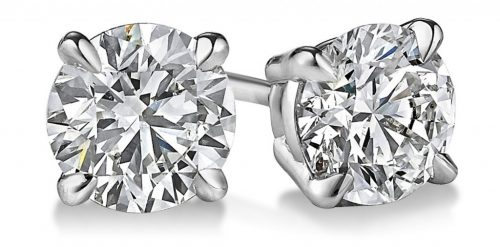
The FTC had originally defined a diamond as “a natural mineral consisting essentially of pure carbon crystallized in the isometric system”. The definition has now been modified with the word “natural” removed from it. The FTC went on to say that the definition of a diamond was being changed because it was now possible to create diamonds in a laboratory. “These stones have essentially the same optical, physical and chemical properties as mined diamonds.
Thus, they are diamonds,” FTC’s statement said. Lab-grown diamonds or “American diamonds”, as they are called, are expected to receive a big boost since the US is one of the biggest markets in the world for smaller diamonds. According to diamond traders here lab-grown diamonds are almost 40 per cent cheaper than those mined from the bowels of the earth.
It is felt that continuing technological advances in the field will bring down the price of lab-grown diamonds even more in the coming years. India, which exported $8 billion worth of polished diamonds to the US in 2017, is worried. “We are already been reaching out to different industry bodies and stakeholders to help fashion a common global response,” Sabyasachi Ray, Executive Director, Gem and Jewellery Export Promotion Council said in a statement here last week.
The country’s apex body of gem and jewellery exporters went on to say that it was not opposed to synthetic or lab-grown diamonds. “We have always maintained that it can be developed as a separate vertical that is not confused with the natural diamond pipeline,” Ray added.
Source:DCLA







